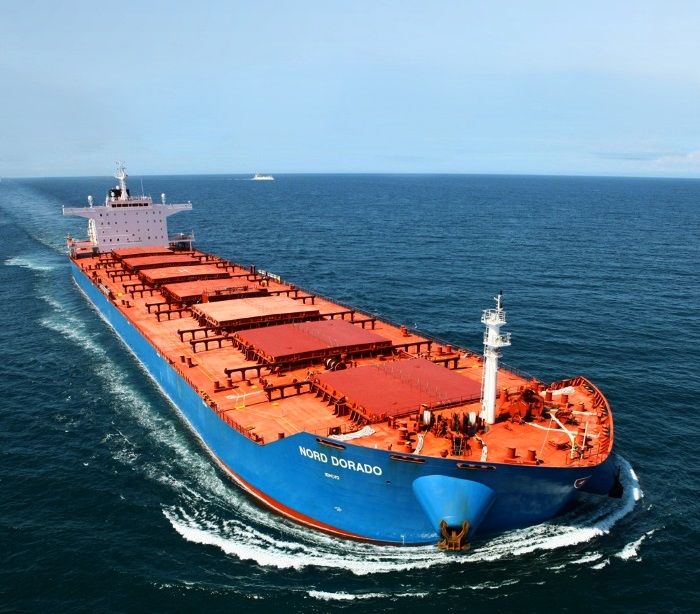Global Fleet Grows by at Least 30% Over the Past Decade

The global fleet of tankers and bulkers has grown substantially over the course of the past decade, both as a result of newbuildings, but also due to the delay in decommissioning older tonnage. In its latest weekly report, shipbroker Xclusiv said that “the Dry and Tanker markets have grown notably since 2013, with the total dry bulk fleet and total tanker fleet being up by around 36% and 30% respectively. This growth is not only driven by the new orders added to the current fleet but also by the fact that both markets have aged quite a bit during the last 10 years.

Source: Xclusiv
According to Xclusiv, “back in 2013, the average age of the dry bulk fleet was 9.3 years, while 10% of the total bulk carrier fleet was over 20-years-old. Similarly, during the same time, the average age of the total tanker fleet was 8.9 years, and 8% of the fleet was in the age group 20+ years old. Five years later, in 2018, we noted a slight increase in the dry bulk average age, as it rose to 9.6 years, while in the tanker market the rise was more significant, with the average age of the fleet increasing by 1.5 years. However, in both markets we saw a considerable decrease in the vessels belonging to the age group of 20+ years old. In the dry bulk market, vessels aged 20+ years old percentage fell to 7% (almost 30% down compared to 5 years before), whilst tanker market’s respective percentage decreased to 6% (a fall of around 25% compared to 2013’s).

As of September 2023, the average age of dry bulk and tanker markets have risen by 2.6 and 3.6 years correspondingly compared to 2013, standing now at 11.9 years and 12.5 years respectively. That rise can be justified by the fact that a major part of the fleet is overaged (meaning 20+ years old), with dry bulk’s and tanker’s percentages being now 12% and 13% respectively. In the dry bulk market, most of older vessels belonged to Handysize, Handymax / Supramax / Ultramax and Panamax / Kamsarmax / P-Panamax segments, with around 13% of total active fleet of each category being in the age group 20+ years old. In the tanker market, the MR1 is the most aged segment, as 27% of the total MR1 fleet is older than 20-year-old, followed by the VLCC and Suezmax segments with 13% and 14% of each’s fleet respectively being built in 2003 or earlier”, the shipbroker said.

Source: Xclusiv
Xclusiv added that “so, the “ugly” truth is that the tanker and dry bulk fleet are growing older as years pass by. Taking a deeper look at “popular” vessels categories like VLCC’s, Suezmaxes and Aframaxes in the tanker segment, we observe that the ratio of older than 20 years vessels to the active fleet has a growing trend since 2020. After 2000 and until early 2020, the ratio had continually moved southern. As for bulkers, monitoring the Kamsarmaxes/Panamaxes, Ultramax/Supramaxes/Handymaxes and Handysizes categories, we also observe a growing trend since 2020 for the ratio of older 20 year vessels to the active fleet. The main difference with tankers is that the ratio was growing from 2001 until 2008, when it started its downfall, mainly because of the newbuilding boom after the 2008’s high market. In the last 3 years we have witnessed long periods with good freight rates in both the Tanker and Bulker market. Many owners prefer to keep their older ships “alive”, as they prefer achieving small profit instead of “killing their vessels” for scrap. In 2023 the bulkers that were scraped in terms of DWT were about 4 million compared to the 4.3 million in 2022 and 5.21 million in 2021, numbers not seen since 2008 when 5.56 million DWT were scrapped. In the Tanker market the situation is more impressive as in 2023 so far, only 0.28 million DWT have been scrapped, marking the lowest number since 1970”, the shipbroker concluded.
Nikos Roussanoglou, Hellenic Shipping News Worldwide
Source link
